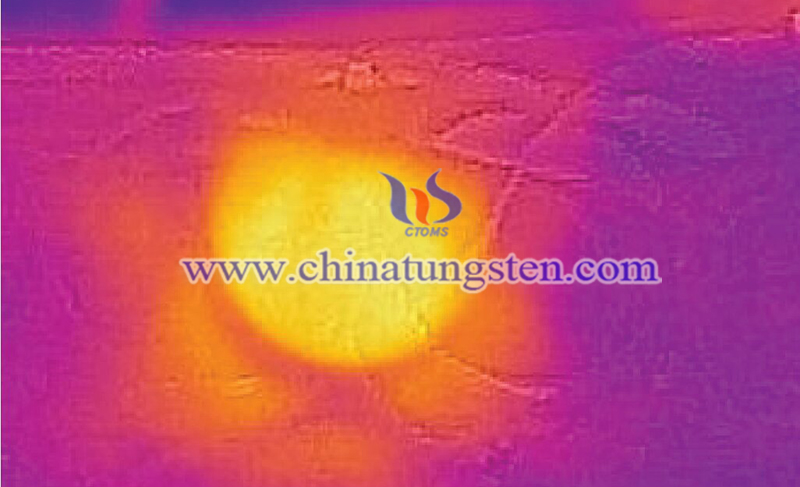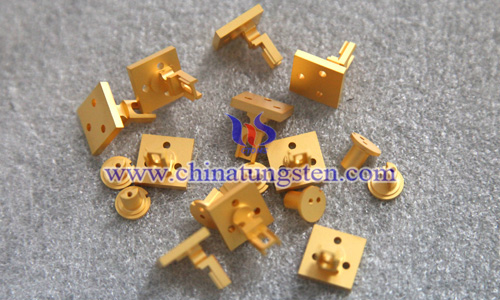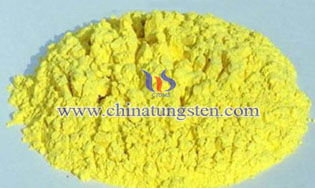2D Molybdenum Disulfide Nanosheet for Cancer Treatment
- Details
- Category: Tungsten's News
- Published on Tuesday, 16 June 2020 20:49
- Hits: 809
A 2D molybdenum disulfide nanosheet - 1000 times smaller than a strand of hair is developed by the scientists in the Department of Biomedical Engineering at Texas A&M University for advancing the field of regenerative medicine and cancer treatment.
Associate professor Akhilesh Gaharwar has developed a new class 2D nanosheet called molybdenum disulfide that can adsorb near infrared (NIR) light and modify cell behavior. These nanomaterials are a new class of materials that exhibit different physical and chemical properties due to their unique shape and size.
In recent years, some nanosheets have been explored in the biomedical field due to their light-responsive ability. Although Gaharwar's research has great potential, it is still a relatively new field. Few studies have explored their cell compatibility, and no one has explored whether they can regulate cell function through light.

To explore the possibility of controlling cell reactions through light, Gaharwar's research team synthesized a thin atom-shaped nanosheet that can absorb NIR light and convert it into heat. Compared with other types of light (including ultraviolet and visible light), NIR light can penetrate deep tissues and can be used to stimulate the natural biological repair mechanism of deep tissues for cancer treatment.
Because nanomaterials are thin relative to their surface area, they can stick to the outer membrane of cells and transmit a cellular signal to the nucleus, thereby controlling their behavior. Some of the nanomaterials are also eaten by the cells and can influence cellular functions from inside.
Gaharwar said: "Light-responsive biomaterials have a strong potential for developing the next generation of noninvasive, precise and controllable medical devices for a range of biomedical applications, including drug delivery, cancer therapy, regenerative medicine and 3D printing." His research was recently featured in the journal Proceedings of the National Academy of Sciences (PNAS).
Gaharwar's team collaborated with Dr. Irtisha Singh, an assistant professor in the Department of Molecular & Cellular Medicine at the Texas A&M Health Sciences Center. Gaharwar’s team used a next-generation sequencing technique to decipher the effect of light and/or nanosheets on the gene regulation of cells.
Image a cell as a blank canvas, and gene regulation as a paint that can turn the canvas into something unique or interesting. For stem cells, gene regulation helps them determine what kind of cells, such as muscles and bones. Slight agitations in gene expression, either from light or the nanosheet, can significantly affect the functions of these cells such as movement, reproduction, and expression.
Gene expression profiles of cells show that light stimulation of nanosheets has a significant effect on cell migration and wound healing. They demonstrated that cancer cells treated with nanomaterials and light cannot move freely, which is good news. The combination of nanomaterials and light may provide a new way to control and regulate cell migration and function.
The team found that 2D molybdenum disulfide nanosheets for cancer treatment can bind to a cell surface receptor known as an integrin. These integrin proteins play an important role in normal cell function by providing cells with information about their surroundings. If these proteins are covered by nanosheet, they cannot tell the cells to move around, effectively stopping the cells for an indefinite time.
| Molybdenum Supplier: Chinatungsten Online www.molybdenum.com.cn | Tel.: 86 592 5129696; Fax: 86 592 5129797;Email:sales@chinatungsten.com |
| Tungsten News & Prices, 3G Version: http://3g.chinatungsten.com | Molybdenum News & Molybdenum Price: http://news.molybdenum.com.cn |








 sales@chinatungsten.com
sales@chinatungsten.com